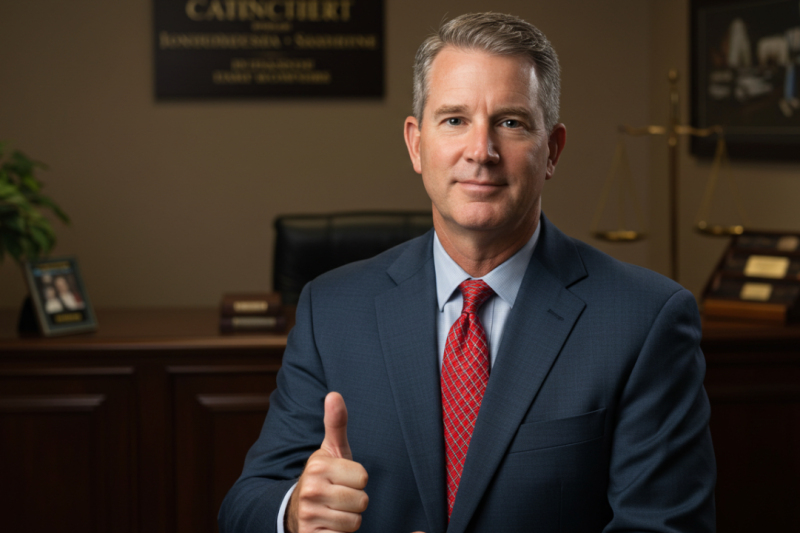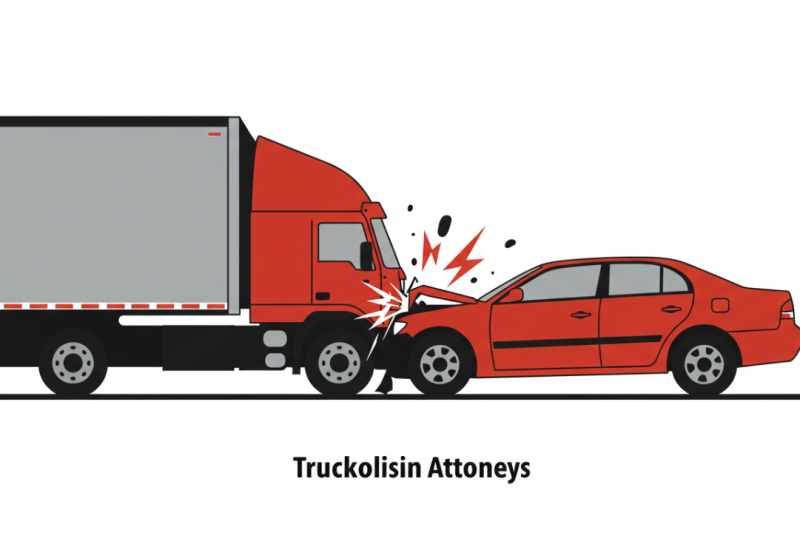Understanding Head-On Car Accidents
Head-on car accidents, also known as frontal collisions, occur when two vehicles traveling in opposite directions collide front to front. These incidents are among the most severe types of motor vehicle crashes due to the combined force of impact from both vehicles’ speeds. According to data from the Insurance Institute for Highway Safety, motor vehicle crashes resulted in 40,901 fatalities in the United States in 2023, with collisions involving multiple vehicles accounting for a significant portion of these deaths. While head-on collisions represent only a small fraction of all accidents—typically around 2%—they contribute disproportionately to fatalities, often exceeding 10% of deadly crashes, owing to the high-energy forces involved.
Common Causes of Head-On Collisions
Several factors commonly lead to head-on accidents, many of which stem from driver negligence or error. Distracted driving, such as using a mobile phone or adjusting navigation systems, diverts attention from the road and can cause a vehicle to drift into oncoming traffic. Impaired driving under the influence of alcohol, drugs, or medications impairs judgment and reaction times, increasing the likelihood of wrong-way entries or failure to maintain lane position. Fatigue or drowsy driving similarly reduces alertness, leading to similar outcomes.
Other contributing elements include improper passing maneuvers on two-lane roads, where a driver misjudges the distance to overtake another vehicle, or speeding around curves that cause loss of control. Unfamiliarity with roadways, adverse weather conditions like rain or fog, and mechanical failures such as brake malfunctions can also precipitate these crashes. Understanding these causes is essential for prevention and for establishing liability in legal proceedings.
Typical Injuries Sustained in Head-On Accidents
The violent nature of head-on collisions often results in catastrophic injuries due to the direct impact on the vehicle’s front end, which transmits force to occupants. Common injuries include traumatic brain injuries (TBIs) from the head striking the steering wheel or dashboard, leading to concussions, cognitive impairments, or long-term neurological damage. Whiplash and spinal cord injuries arise from the rapid back-and-forth motion of the neck and torso, potentially causing paralysis or chronic pain.
Blunt force trauma to the chest and abdomen can result in broken ribs, internal bleeding, or organ damage, while lacerations, burns from airbags or fires, and fractured bones in the limbs are frequent. Scarring and disfigurement may occur from glass shards or metal debris. These injuries often require extensive medical treatment, rehabilitation, and can lead to permanent disabilities, underscoring the need for prompt medical evaluation post-accident.

The Role of a Head-On Car Accident Attorney
A head-on car accident attorney specializes in personal injury law with a focus on vehicular collisions, particularly those involving frontal impacts. These professionals assist victims in navigating the complexities of insurance claims, liability determinations, and litigation against negligent parties. Their expertise includes gathering evidence such as accident reports, witness statements, and expert reconstructions to build a compelling case for compensation.
Attorneys in this field also negotiate with insurance companies to secure settlements that cover medical expenses, lost wages, pain and suffering, and long-term care needs. In cases where settlements are inadequate, they represent clients in court, ensuring adherence to statutes of limitations and procedural requirements. Engaging such an attorney provides victims with informed guidance, alleviating the burden during recovery.
When to Hire a Head-On Car Accident Attorney
It is advisable to consult a head-on car accident attorney immediately following the incident, ideally within days, to preserve evidence and comply with legal timelines. Hiring is particularly crucial if the accident resulted in severe injuries, significant property damage, or disputes over fault. If the at-fault driver was uninsured, underinsured, or if multiple parties are involved—such as in commercial vehicle crashes—professional legal support becomes essential to maximize recovery.
Additionally, if insurance adjusters pressure for quick settlements or deny claims unfairly, an attorney can intervene to protect your interests. Delaying consultation may risk evidence degradation, such as surveillance footage erasure or witness memory fade, potentially weakening your case.
How to Choose the Right Head-On Car Accident Attorney
Selecting an appropriate attorney requires careful evaluation to ensure alignment with your needs. Begin by researching attorneys with proven experience in head-on collision cases, reviewing their track record through case outcomes and client testimonials. Verify their licensing and standing with state bar associations to confirm ethical compliance.
Key Questions to Ask Potential Attorneys
During initial consultations, which are often free, pose targeted questions to assess suitability:
- How many head-on car accident cases have you handled, and what were the outcomes?
- What is your approach to investigating and proving liability in frontal collisions?
- How do you structure fees, and what payment options are available?
- What is the expected timeline for resolving my case?
- Can you provide references from past clients with similar cases?
These inquiries help gauge expertise, communication style, and commitment. Prioritize attorneys who demonstrate empathy, clear explanations, and a strategic plan tailored to your situation.
The Legal Process After a Head-On Collision
The process begins with an investigation phase, where your attorney collects evidence, consults experts, and determines fault. This is followed by filing a claim with insurance providers or initiating a lawsuit if necessary. Discovery involves exchanging information, depositions, and negotiations for settlement.
If no agreement is reached, the case proceeds to trial, where evidence is presented before a judge or jury. Post-verdict, appeals may occur if errors are identified. Throughout, your attorney manages deadlines, communications, and advocacy to pursue fair compensation.
Seeking Compensation for Head-On Accident Victims
Compensation typically covers economic damages like medical bills and lost income, as well as non-economic damages for emotional distress and reduced quality of life. In egregious cases involving gross negligence, punitive damages may apply. An attorney evaluates all losses, including future medical needs, to ensure comprehensive recovery. Documentation of injuries and expenses is vital for substantiating claims.
FAQ
What should I do immediately after a head-on car accident?
Prioritize safety by moving to a secure location if possible, call emergency services, and seek medical attention even if injuries seem minor. Document the scene with photos, exchange information with involved parties, and avoid admitting fault.
How long do I have to file a claim after a head-on accident?
Statutes of limitations vary by state, typically ranging from one to three years for personal injury claims. Consult an attorney promptly to avoid missing deadlines.
Can I handle an insurance claim without an attorney?
While possible for minor incidents, complex head-on cases benefit from legal expertise to counter lowball offers and ensure full compensation.
What if the other driver was uninsured?
Your attorney can explore options like uninsured motorist coverage from your policy or pursuing personal assets of the at-fault party through litigation.
How much does hiring a head-on car accident attorney cost?
Most operate on a contingency fee basis, meaning they receive a percentage of the settlement or award, typically 25-40%, with no upfront costs if the case is unsuccessful.



